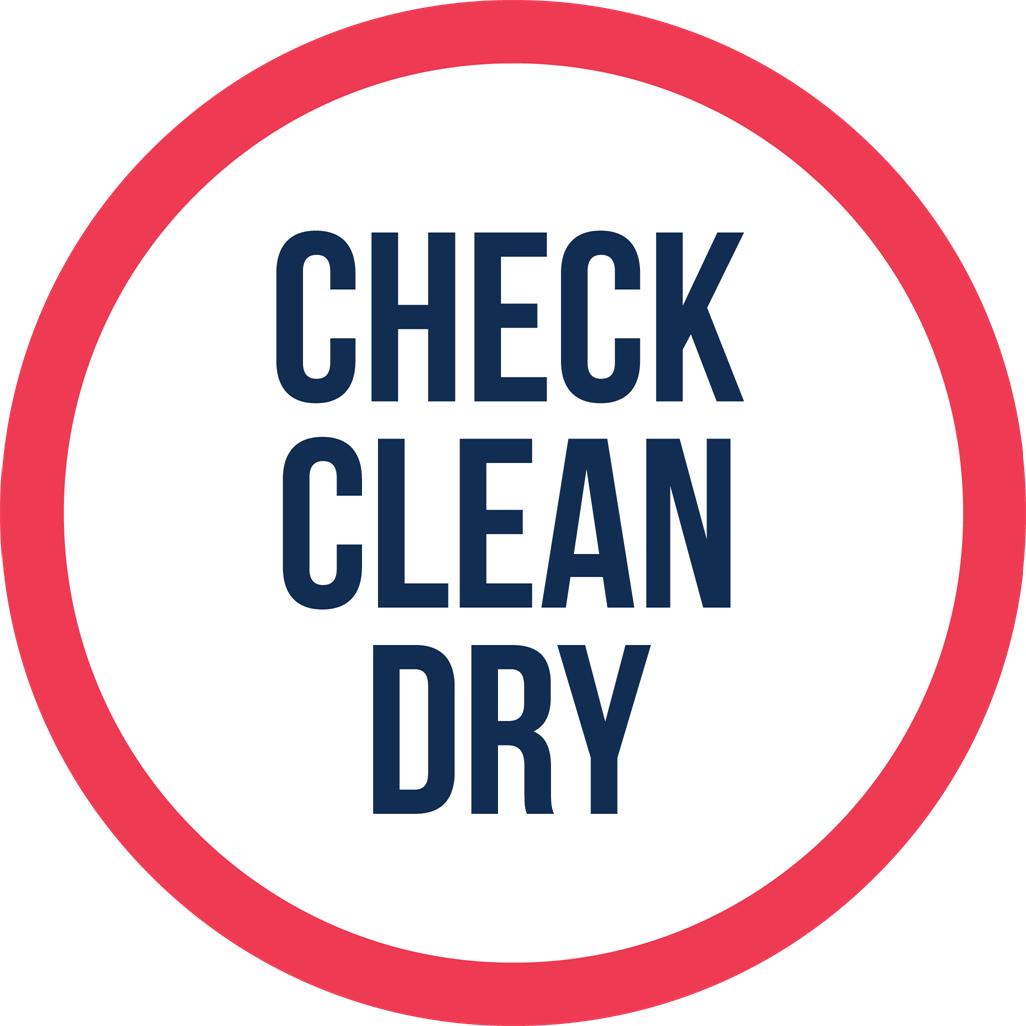Invasive Non-Native Species and Biosecurity
Bournemouth Water has responsibilities to provide clean drinking water and to provide conservation, access and recreational opportunities on our sites. Water companies are highly vulnerable to Invasive Non-Native Species (INNS), not only as landowners, but as significant landowners of wetland habitats - 40% of INNS are aquatic and are particularly problematic to deal with.
INNS are plant or animals that have been moved from their place of origin, by humans, and have a negative impact on the environment, the economy and health. There are around 200 INNS in Britain but this number is increasing every year. INNS can also take advantage of climate change conditions such as drought and floods. They have a wide range of detrimental impacts:
- Environment – INNS are one of the top threats to biodiversity world-wide. INNS can affect individual species, change whole ecosystems and alter landscapes
- Economy – It is estimated INNS management costs in Britain are in excess of £1.8 billion a year and that aquatic INNS cost the UK over £100 million a year. Anglers, sailors, water companies and other utilities primarily bear these costs. INNS can cause erosion, increase sedimentation, increase flood risk, block pipes, reduce biodiversity and impact on recreational activities
- Health – INNS present health implications for animals, including stock and people. INNS can cause physical and mental problems for humans.
Our challenge is to investigate and monitor the risks, potential impacts of and solutions for INNS on our sites. We carry out detailed surveys to identify INNS and have identified priority sites, species and activities. We are also reviewing region-wide risks.
Japanese knotweed - out competes other plants and can cause significant structural damage to treatment works and weirs causing flooding damage. We have two sites, Ampress WTW and Longham Lake, with small areas of Japanese knotweed, which are both in a management programme with Ebsford Environmental to seek their eradication.
Himalayan balsam – overshadows other plants, out-competes them for pollinators and can reduce insect numbers. It can cause erosion, increase sedimentation and affect water quality. We support Hampshire and the Isle of Wight Wildlife Trust and volunteers to control this plant at two sites - Ampress WTW and Little Avon.
Crassula and Nuttall’s waterweed - out compete native plants, affect oxygen levels, choke abstraction points and can cause health and safety issues for maintenance and recreation at reservoirs. We are monitoring these species on or near two of our sites Longham Lakes and Blashford complex and liaise with South West Lakes Trust and Hampshire and the Isle of Wight Wildlife Trust regarding monitoring and biosecurity measures.
American signal crayfish – American signal crayfish carry a plague which kills our native crayfish. They can degrade reservoir banks by burrowing, causing sedimentation, reducing water quality and have a negative impact on fish. We are working a range of stakeholders at one site the Blashford Lakes complex partners to implement biosecurity measures.
Priority actions are to implement a range of biosecurity measures to prevent the introduction of new or spread of established INNS, using the national strategy Check, Clean, Dry. We work closely with a range of stakeholders including the GB Non-Native Species Secretariat, the Environment Agency, anglers, sailors and other site users and particularly with South West Lakes Trust who manage recreational activities on our reservoirs. We share best practice with other water companies. We need to work together to tackle INNS and embrace research, innovative measures and working with new partners to do this.
Whenever you leave the lakes,
|
|
|

